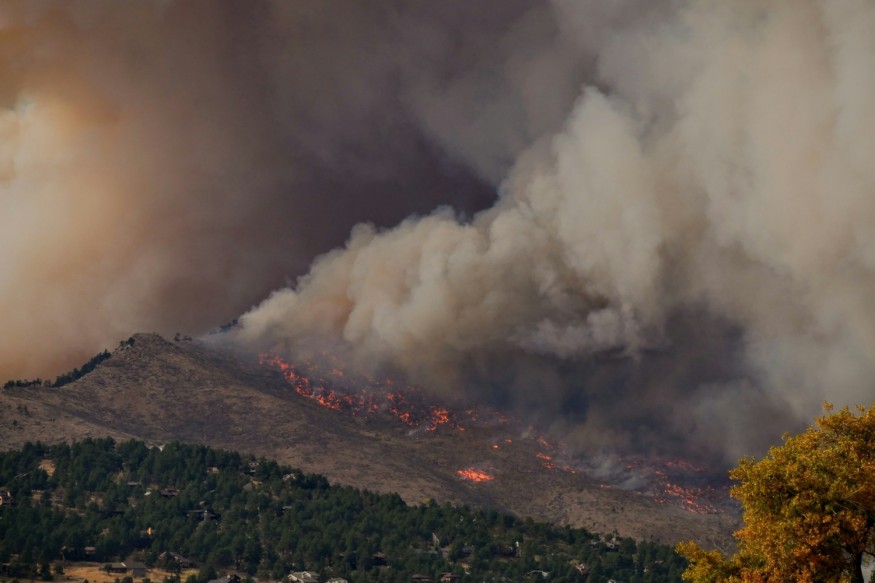Wildfires have spread and persisted in different parts of Canada in recent days, prompting disruptive and life-threatening risks to populated areas. In the western part of the country, an intense wildland fire is feared to potentially hit a town following forecasts of strong winds that could fuel the spread of the blaze. Local authorities said the threat has forced the evacuation of thousands of people.
Canada Wildfire Alert

Approximately 3,500 people have been evacuated from Fort Nelson, after a wildfire in British Columbia has been detected burning just 2 kilometers (1.2 miles) northwest of the Canadian community. Related fires have been reported in the province of Alberta. In the US, wildfire smoke alerts have been issued in the states of Montana, Minnesota, North Dakota, and South Dakota.
While no casualties from the Canadian wildfires have been reported so far as of Monday, May 13, wildfire smoke is impacting the air quality in some parts of the United States. In 2023, a similar environmental phenomenon occurred when smoke from widespread wildfires from Canada were blown into and blanketed multiple states across the US, including New York back in last June.
2023 Canadian Wildfires
The current raging blaze in Canada can be compared to the 2023 Canadian wildfires, which impacted not only the northern US but in regions as far as Europe and China. Citing a study, the United Nations Office for Disaster Risk Reduction (UNDRR) said that the whole of the northern hemisphere around the middle of the year suffered from deterioration of air quality.
This assessment is based on the research paper published in the journal Advances in Atmospheric Sciences in November 2023. In the study, researchers highlighted the severe global environmental impact of Canada's record-breaking wildfires last year, which saw the release of unprecedented quantities of air pollutants and greenhouse gases into Earth's atmosphere.
Wildfire Threat and Repercussions
The growth and spread of wildfires in North America are common during the warm weather provided by the spring season and the scorching heat seen during the summer months of June to August. Occurring in the form of bushfires or forest fires, wildland fires are known to obscure vision during travel, destroy vegetation and natural habitats, and even impact communities.
According to the World Health Organization (WHO), the wildfire threat is increasing worldwide in terms of frequency, duration, and severity. In addition, the risk of wildfires is prevalent during extremely dry conditions such as during drought, heat waves, and high winds. The WHO also attributed that the wildfire threat increases due to warming temperatures caused by climate change.
One of the most notable natural disasters related to climate change in recent years is the 2019-2020 Australian bushfires. The disaster reportedly led to the deaths of nearly 3 billion animals, including birds, frogs, mammals, and reptiles, according to the World Wildlife Fund (WWF). Some of the animal casualties include Australia's famed kangaroos and koalas.
© 2025 NatureWorldNews.com All rights reserved. Do not reproduce without permission.





